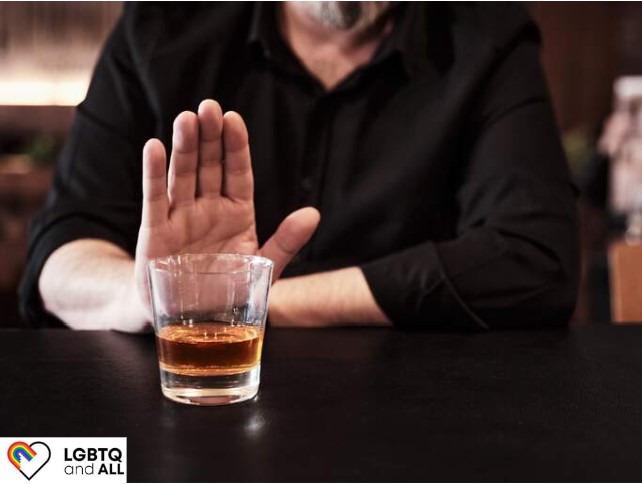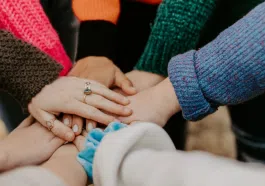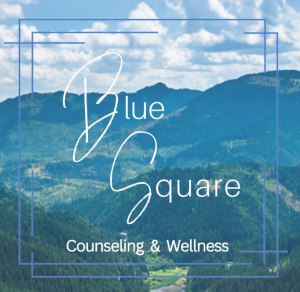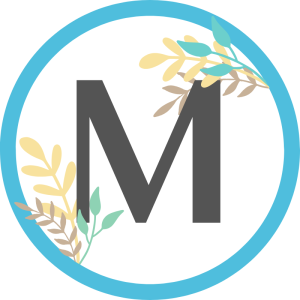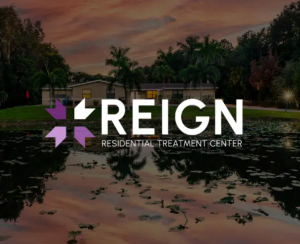Across the US, drug addiction is undeniably prevalent. According to the AAC, 38% of adults were living with an illicit drug use disorder in 2017, when the HSS declared opioid misuse a public health emergency. Drug abuse and addiction have become increasingly common since then, affecting people from all walks of life. This blog post will explore what drugs people generally seek treatment for and how to find help in a drug rehab and aftercare program.
Types of Drug Addiction That You People Can Seek Treatment For
Proper use of prescription drugs can make our lives easier if they are used in moderation. Pain can be eased, chronic conditions can be treated, and more. Drugs, both pharmaceutical and illicit, can be addictive when misused. Here are some of the most common drugs that people seek treatment for:
Ambien
It is approved by the FDA for treating insomnia and other sleep disorders as a sedative-hypnotic medication. Ambien can cause physical and psychological dependence when misused. It can also lead to overdoses and severe side effects, such as memory loss and confusion.
Barbiturates
These are medications that act as depressants to treat insomnia, anxiety, seizures, and other disorders. These medications can be very dangerous when misused, leading to overdose, physical and psychological dependence, and even death.
Benzodiazepines
A very commonly used depressant, which treats insomnia and panic attacks. Benzodiazepines are used to treat anxiety, insomnia, seizures, muscle spasms, and alcohol withdrawal. They work by slowing down the central nervous system and can be addictive when misused.
Opiates
Subcategory of opioids, which are overprescribed and contribute to the opioid epidemic nationwide. Opioids produce a euphoric feeling that can be highly addictive, leading to misuse and abuse.
Fentanyl
This synthetic opioid is usually used to relieve pain. There has been a dramatic increase in the recreational use and misuse of Fentanyl in recent years. It has led to a significant rise in overdose deaths in many countries. The abuse of Fentanyl has become a growing public health concern as its effects can be extremely dangerous. It is essential to be aware of the risks associated with its use.
Stimulants
Adderall, Ritalin, Concerta, etc., fall under this drug category. Using stimulants for treating ADHD and similar disorders is also widespread beyond their intended purpose. The abuse of stimulants for recreational purposes is becoming increasingly common, especially among college students. It can lead to serious health consequences, such as increased heart rate and blood pressure, insomnia, and anxiety. In extreme cases, stimulant abuse can even lead to death.
Marijuana
One of the few substances on this list that enjoys legal status in some states. Despite marijuana’s medical uses, it still poses a severe addiction risk. Regular marijuana use can lead to dependence and addiction, with symptoms of withdrawal when use is stopped. Long-term use can also lead to impaired cognitive functioning and memory problems.
Cocaine
In addition to being highly addictive, cocaine poses serious health risks – particularly when combined with other drugs. Cocaine can lead to increased heart rate, increased blood pressure, anxiety, and paranoia. It can also cause long-term damage to the heart and brain. Additionally, cocaine users are at a much higher risk of overdose than those who do not use the drug.
Heroin
Over 800,000 Americans reported using heroin in the past year, an illegal opioid at the forefront of the drug epidemic. Heroin can cause serious health risks such as organ damage, addiction, and overdose. It can also lead to financial and legal issues.
Meth
Methamphetamine is the second most commonly used illicit stimulant in the US, after cocaine. Meth can cause a range of physical and psychological health problems. It can lead to addiction, which can create financial and legal issues.
All of these drugs, whether legal or illicit, are very addictive. However, depending on how they function and how they are abused, each requires a different approach.
What Does Recovery Entail?
Many programs are available to help guide you toward the freedom from addiction you deserve if you’re ready to take the first step toward drug rehab.
As to the duration, intensity, and other characteristics of each journey, they will vary. The following are some common ways these programs are structured:
#1 – Detox
Detoxification in rehab is the process of eliminating the toxins associated with drug and alcohol use from the body. This process usually involves the use of medications to help reduce withdrawal symptoms and help with cravings. Detox also involves counseling and therapy to address the psychological aspects of addiction.
#2 – Intensive Outpatient programs and residential rehab
Intensive Outpatient programs provide intensive treatment for addiction in an outpatient setting. These programs typically involve group and individual counseling. They may also include medication management, mental health services, and other treatments to help addiction patients transition to healthier lifestyles.
Residential rehab is an addiction treatment program requiring individuals to live in a residential facility for a period of time while receiving treatment. This type of program is typically more intensive than outpatient programs and provides individuals with a safe, supportive environment to focus on their recovery.
#3 – Aftercare
After completing rehabilitation, a patient may move on to an aftercare program. In most drug rehab centers, this is the final step.
There can be considerable variation in aftercare programs, but they usually consist of the following:
- Meetings for recovery and 12-step programs
- Finding a sponsor
- Therapy sessions for individuals and groups
- Education for family support
- Activities that are therapeutic and recreational
Following rehab, aftercare programs cement long-term recovery. To be effective, they develop highly individualized relapse prevention plans together toward the end of the rehabilitation process. Through them, patients can form strong bonds with their peers and therapists, socialize, and receive continuous support as they recover from drug rehab.
Takeaway: Drug Rehab and Aftercare Programs
The recovery journey from addiction is long and difficult, but with the right combination of treatments, support, and aftercare, it is possible to succeed. Drug rehab and aftercare programs are essential for a successful recovery, and the right combination of these elements can help create a foundation for lasting sobriety.
To learn more about drug treatment programs, visit our resources page at LGBTQ and ALL.

